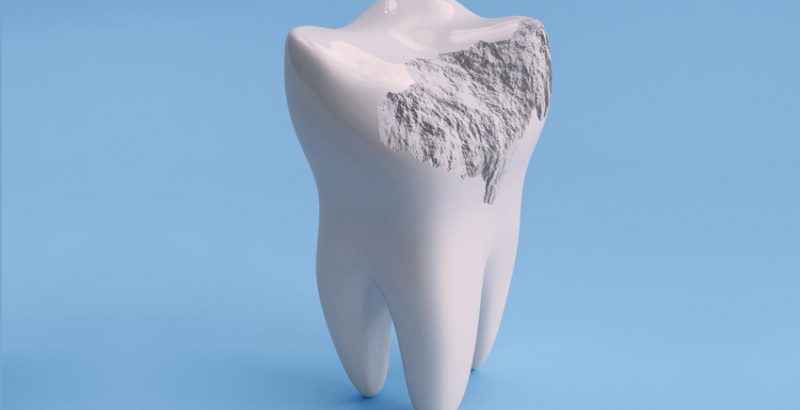In certain clinical cases onlays are indicated instead of conventional fillings to restore damaged teeth. Fillings are soft to begin with and are moulded in the tooth which has been shaped to take and hold the filling and then set hard. Onlays are made outside the mouth, usually in a dental laboratory on a model of your teeth and then bonded or cemented to the tooth in the surgery.
An onlay sits on the tooth and builds up its shape. Onlays can be made in tooth-coloured porcelain, gold or a white filling material called composite. Every material has different properties, advantages and disadvantages and the choice of the best material for every case depends on a number of clinical factors.
An onlay is prepared by the dentist and made by a dental technician.





